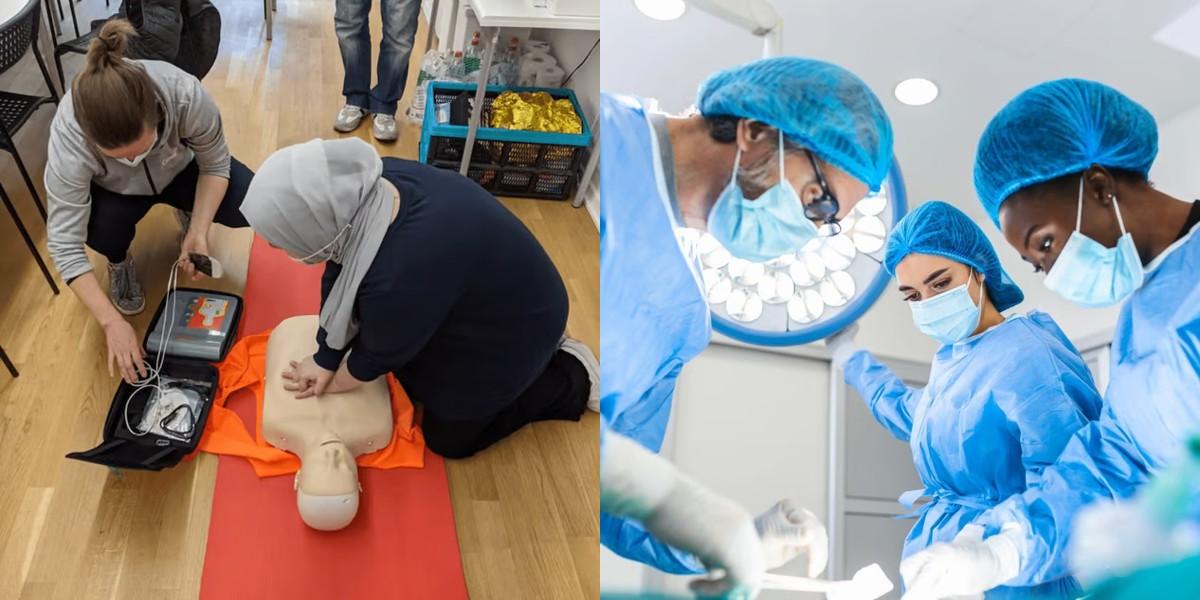CPR-BLS vs Surgical Technician

Key Points:
- CPR-BLS providers perform emergency life-saving procedures; Surgical Technicians assist surgeons during operations.
- CPR-BLS providers typically earn less than Surgical Technicians, with the latter earning a higher average salary.
- Both jobs have good job prospects.
- CPR-BLS training is usually shorter and can be done online, while Surgical Technicians require in-person training and certification.
- CPR-BLS training is generally less expensive and faster to complete compared to the longer and more costly training required for Surgical Technicians.
In the field of healthcare, there are numerous career paths to choose from. Two popular options are CPR-BLS and Surgical Technician. While both roles are crucial in providing quality patient care, they have distinct differences in terms of job description, education and training requirements, as well as career outlook and salary. In this blog post, we will explore these differences and help you determine which path may be the best fit for you.
CPR-BLS vs Surgical Technician: Career Outlook and Salary
CPR-BLS Career Outlook:
- The demand for CPR-BLS practitioners is expected to remain high, as emergencies can happen anywhere and at any time.
- Job opportunities can be found in hospitals, clinics, schools, nursing homes, and other healthcare settings.
- CPR-BLS practitioners may also work as instructors, teaching others how to perform life-saving techniques.
- Salary can vary depending on factors such as location, experience, and the employing organization. On average, CPR-BLS practitioners earn around $35,000 to $45,000 per year.
Surgical Technician Career Outlook:
- The demand for Surgical Technicians is projected to grow significantly in the coming years, driven by an aging population and advances in medical technology.
- Job opportunities are mainly available in hospitals, outpatient surgical centers, and specialty clinics.
- Surgical Technicians may also pursue additional certifications or advanced education to specialize in specific surgical areas.
- Salary can vary depending on factors such as location, experience, and the employing organization. On average, Surgical Technicians earn around $45,000 to $55,000 per year.
Final Thoughts
Choosing a career in the healthcare field is a noble and rewarding decision. Whether you are interested in providing immediate emergency care as a CPR-BLS practitioner or playing a vital role in surgical procedures as a Surgical Technician, both paths offer unique opportunities to make a difference in the lives of others. Consider your interests, skills, and long-term goals when deciding which path is the best fit for you. Remember, regardless of the path you choose, your dedication and commitment to patient care will be valued and appreciated.
Dreambound's educational programs cater to aspiring individuals seeking diverse opportunities. Gain a more comprehensive understanding of the potential within these two vocations by exploring further details at:




